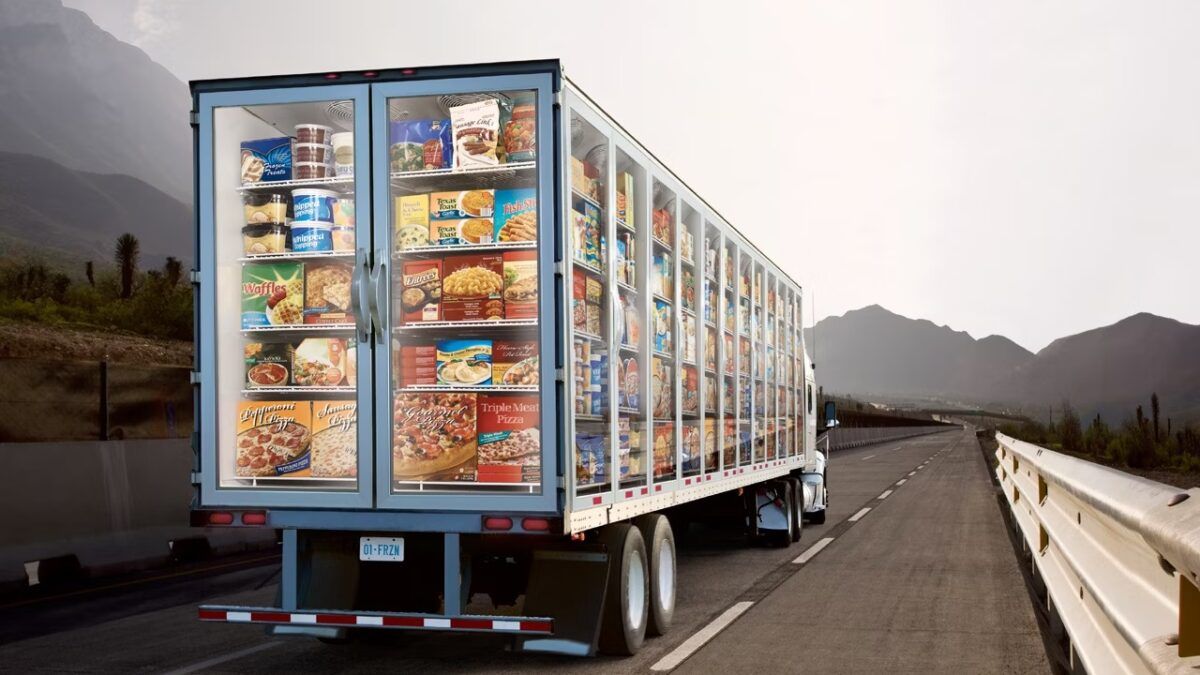In a world grappling with the dual challenges of ensuring food security and reducing food waste, the role of cold chain logistics emerges as a critical yet often underexplored component. Cold chain logistics, the process of maintaining consistent, low temperatures to transport perishable goods, is pivotal in bridging the gap between food production and consumption, especially in regions vulnerable to food insecurity. This blog post delves into the intersection of cold chain logistics and food security from a global perspective, highlighting innovative approaches and the impact of strengthening cold chain infrastructure on global food systems.
Cold chain logistics: the backbone of food security
Essential yet overlooked: while discussions on food security often focus on agricultural production and distribution, the importance of cold chain logistics in ensuring the safe and efficient transport of perishable goods from farm to fork cannot be overstated. A robust cold chain reduces spoilage, extends product shelf life, and ensures that nutritious food reaches those in need.
Statistical insight: according to the food and agriculture organization (fao), approximately one-third of all food produced globally is lost or wasted, with a significant portion of this loss attributable to inadequate cold chain infrastructure. Strengthening cold chain systems could drastically reduce this figure, enhancing food availability and security.
Bridging the gap in developing countries
Challenges and opportunities: developing countries, where food security is often most precarious, typically suffer from gaps in cold chain logistics. Limited access to reliable electricity, inadequate transport infrastructure, and high costs contribute to these challenges. However, emerging technologies and innovative solutions are beginning to make inroads in addressing these issues.
Solar-powered cold storage: in regions with unreliable power grids, solar-powered cold storage units offer a sustainable solution. These units can keep produce fresh for longer periods, reducing post-harvest losses and increasing farmers’ incomes. Projects in countries like india and kenya have demonstrated the viability and impact of solar cold storage on local food systems.
The role of public-private partnerships
Collaborative efforts for global impact: public-private partnerships (ppps) are crucial in expanding cold chain infrastructure, particularly in areas lacking the resources to develop it independently. By combining public oversight with private sector efficiency and innovation, ppps can accelerate the deployment of cold chain solutions that enhance food security.
Case study: the global alliance for improved nutrition (gain) works with governments, ngos, and private entities to implement cold chain projects in developing countries, focusing on reducing food loss, improving market access for smallholder farmers, and increasing the availability of nutritious foods.
Innovations driving change
Technological advancements: cutting-edge technologies are playing a pivotal role in expanding cold chain capabilities and reducing costs. From iot-enabled monitoring devices that ensure real-time temperature control to blockchain for traceability and transparency, these innovations are making cold chains more reliable and accessible.
Mobile cold storage solutions: companies are developing mobile, modular cold storage units that can be deployed quickly and efficiently in areas experiencing sudden food shortages or in the aftermath of natural disasters. These units can be a lifeline, preserving food supplies when traditional infrastructure is compromised.
The environmental dimension
Sustainability in the cold chain: as the cold chain expands to support global food security, attention to its environmental impact grows. Innovations in refrigeration technologies, such as natural refrigerants and energy-efficient systems, are reducing the cold chain’s carbon footprint, aligning food security goals with environmental sustainability.
Eco-friendly packaging: advances in packaging, including biodegradable and compostable materials, complement cold chain logistics by extending shelf life and reducing waste without adding to environmental burdens.
Conclusion
The intersection of cold chain logistics and food security is a dynamic area of global importance, offering a pathway to reduce food waste, enhance nutrition, and bolster resilience against food shortages. As technological innovations and collaborative efforts continue to evolve, the potential to transform cold chain logistics into a cornerstone of global food security strategies becomes increasingly tangible. By investing in and prioritizing the development of sustainable, efficient cold chain infrastructure, the world can take a significant step toward ensuring that all people have access to safe, nutritious food, irrespective of where they live.
Related posts
Categories
Recent Posts
Advertisement


